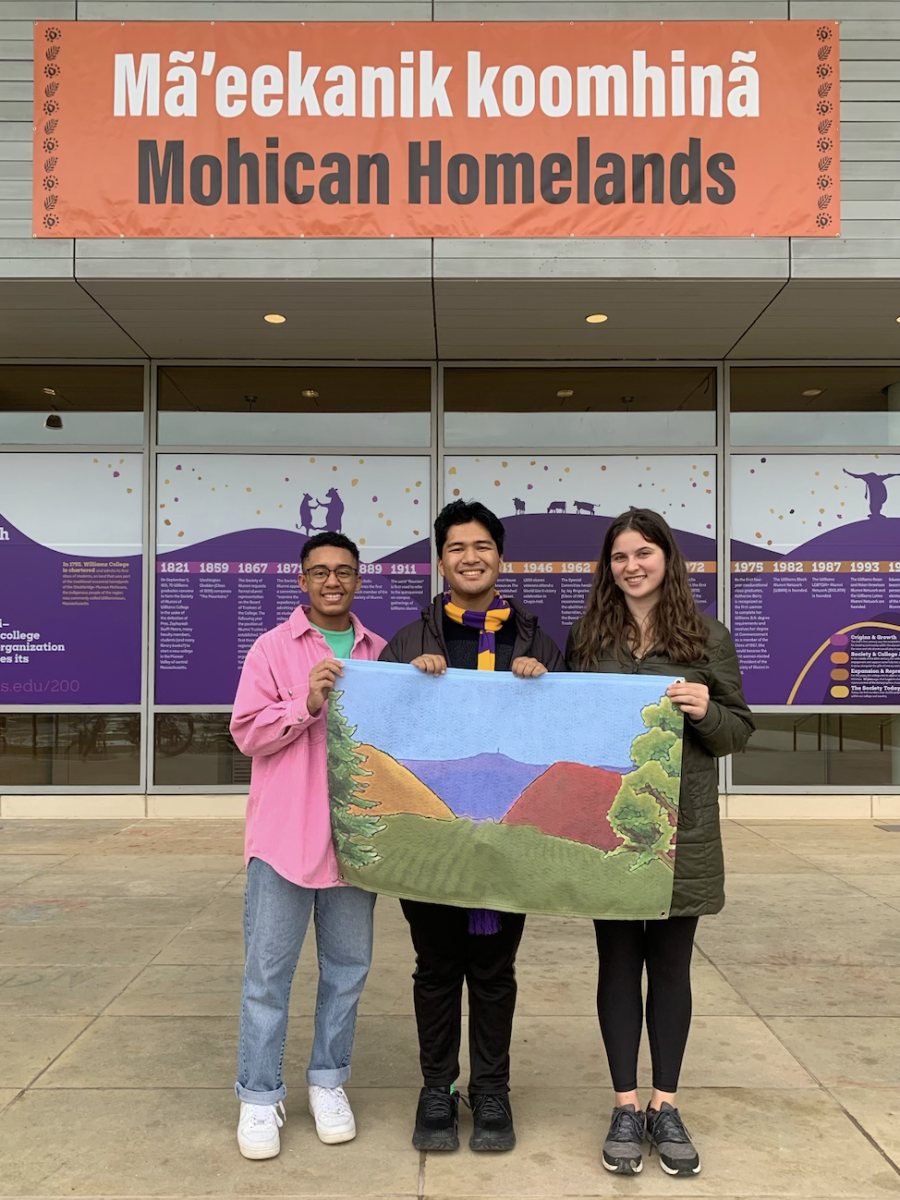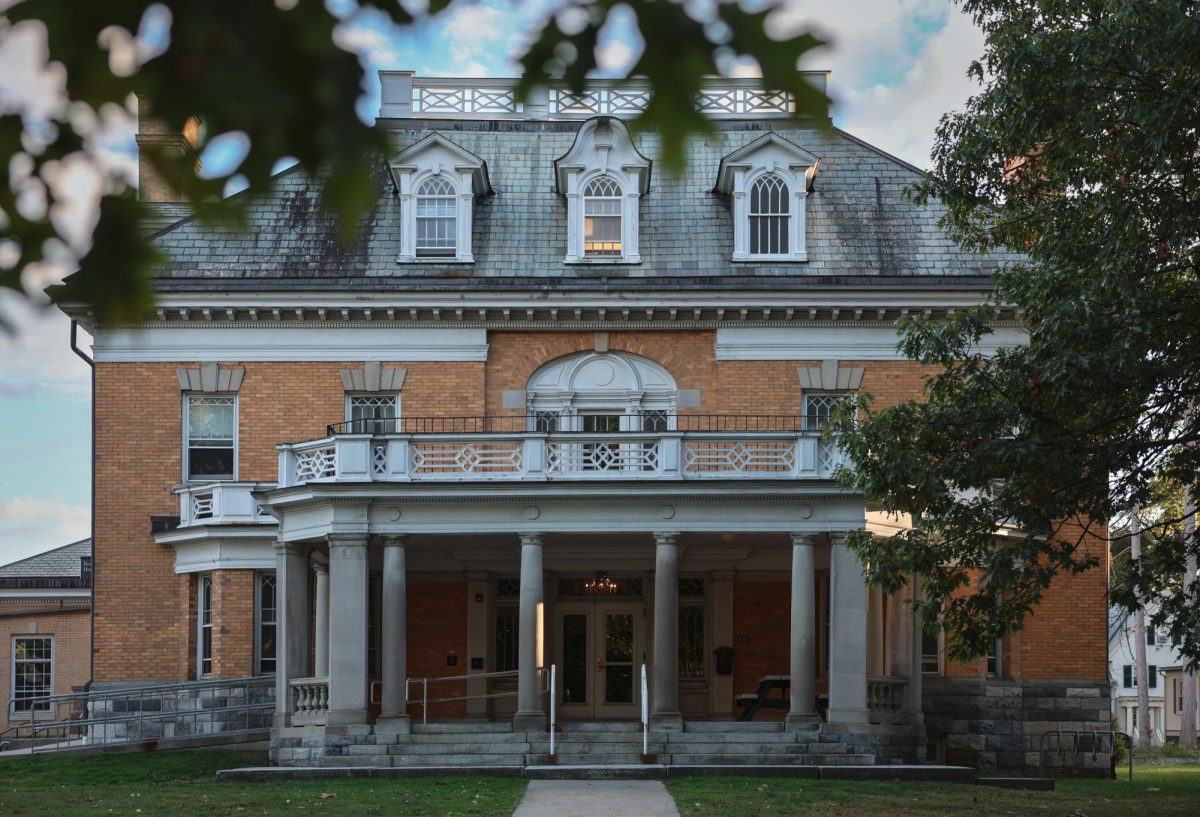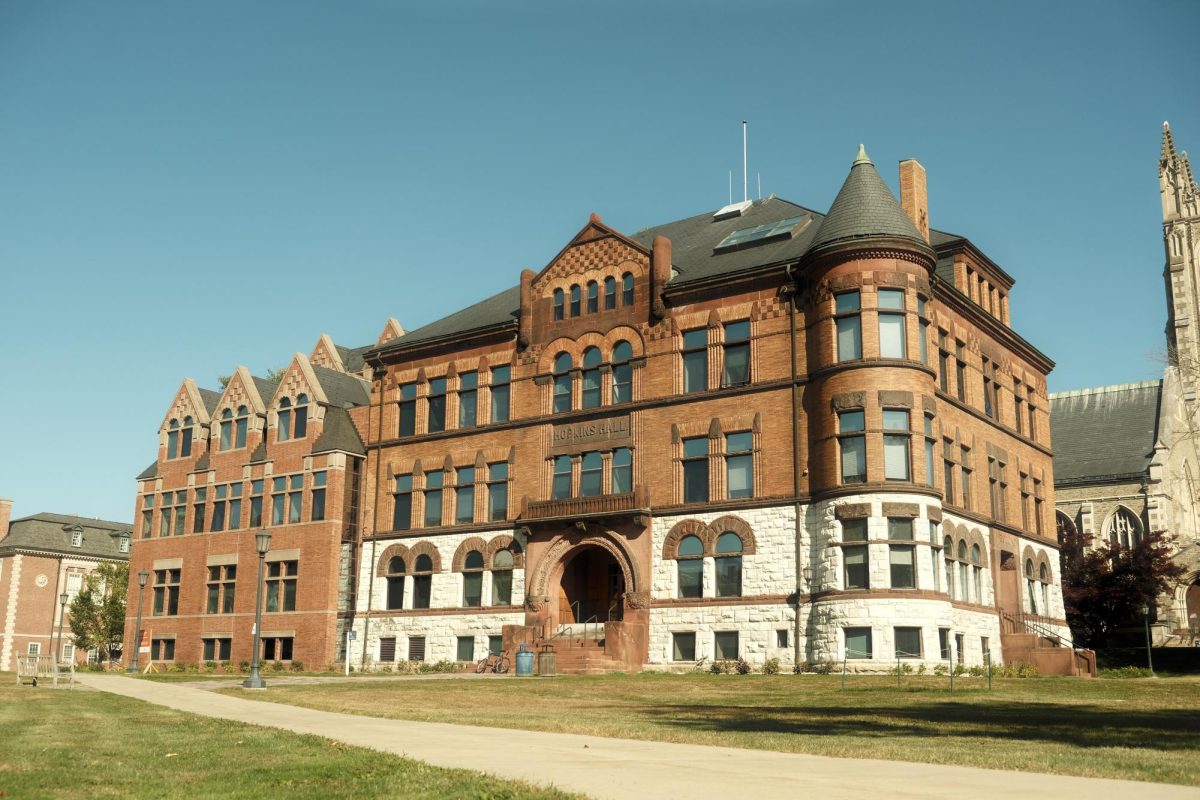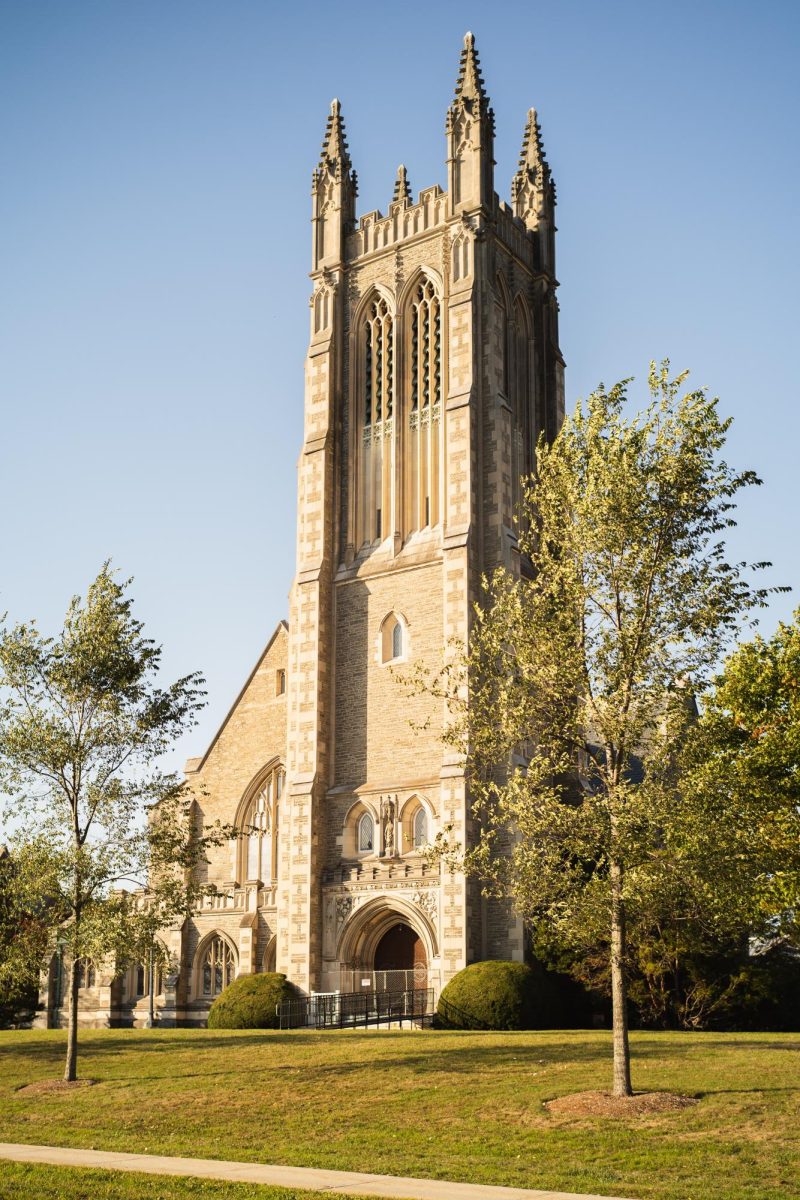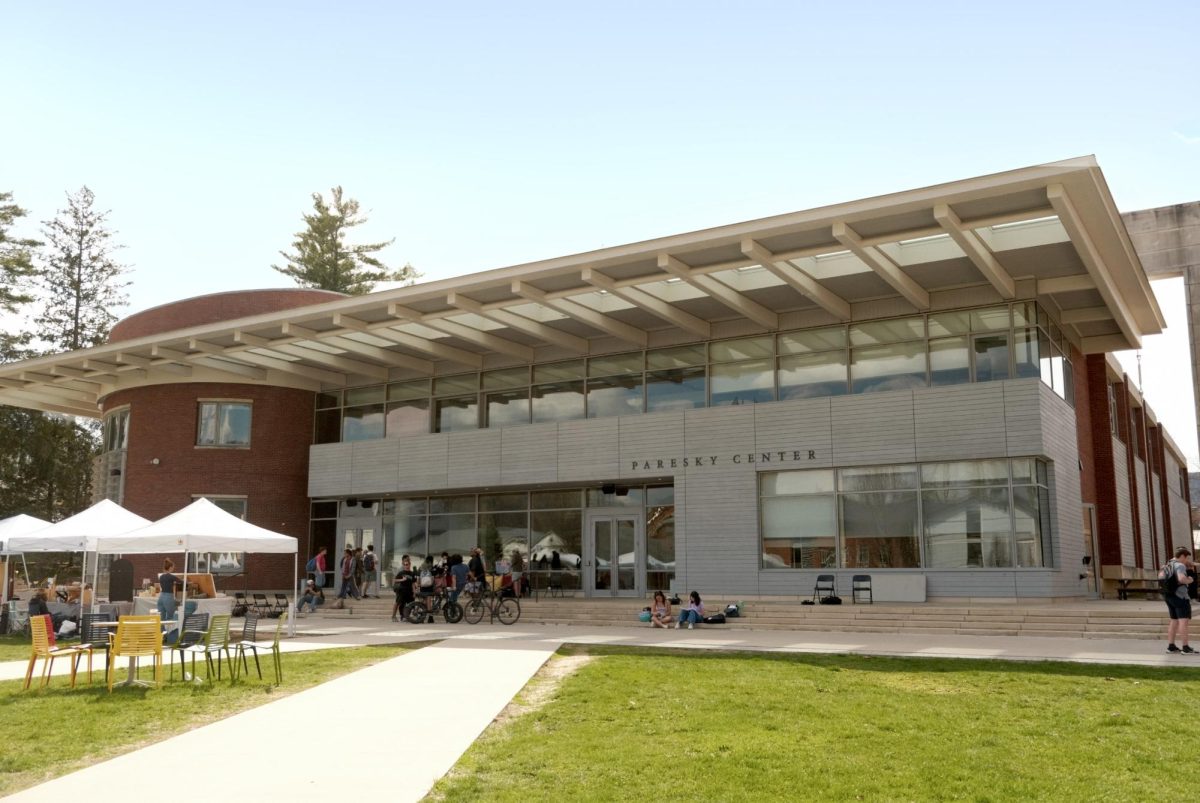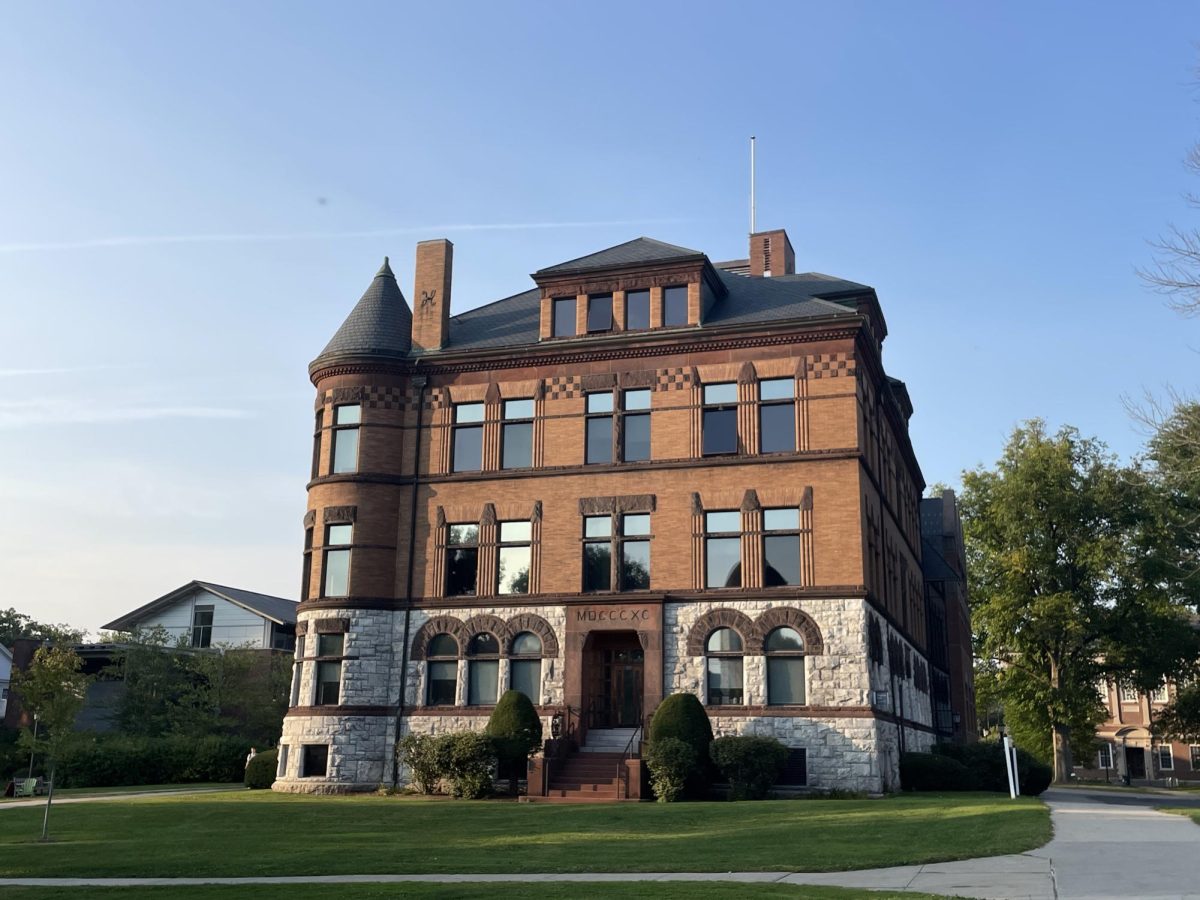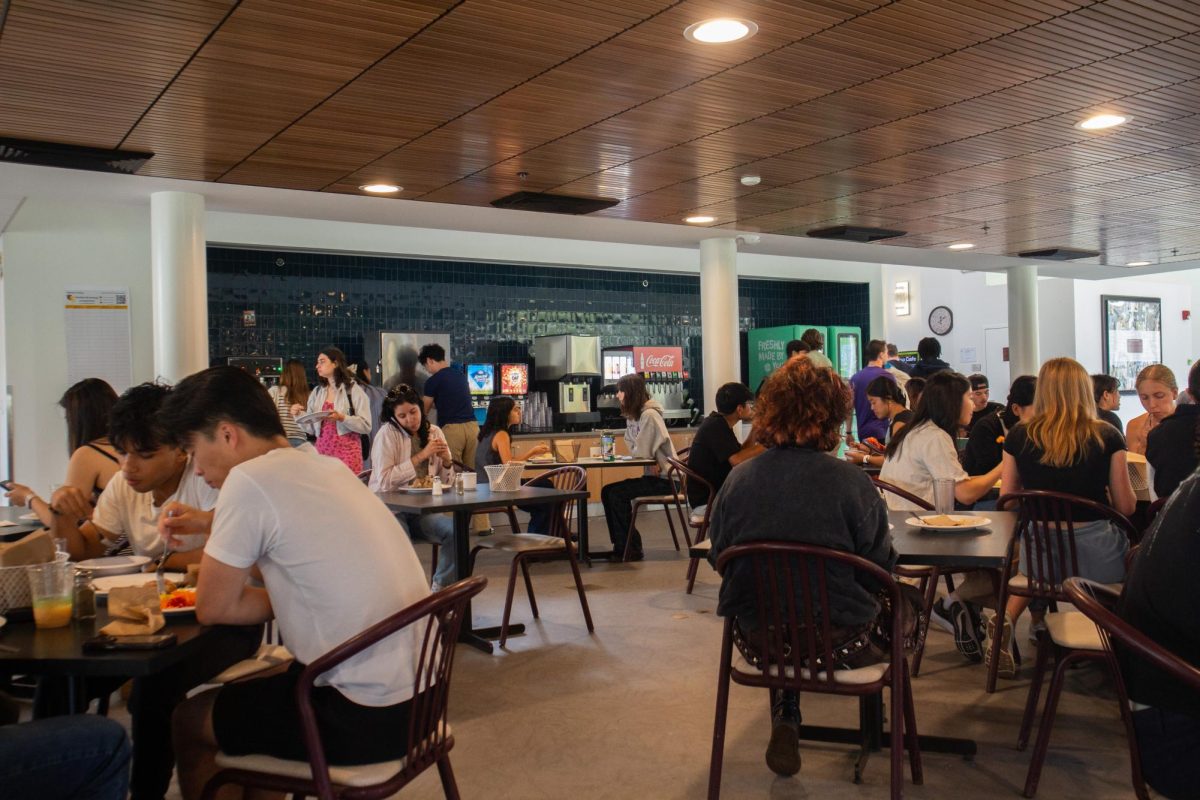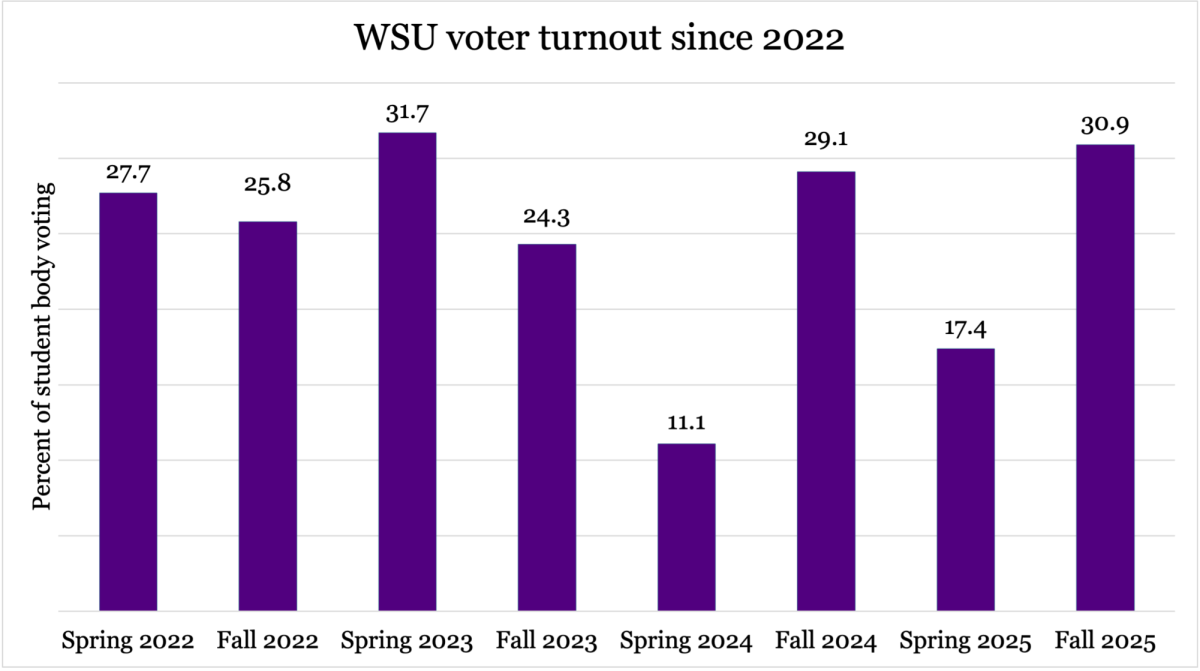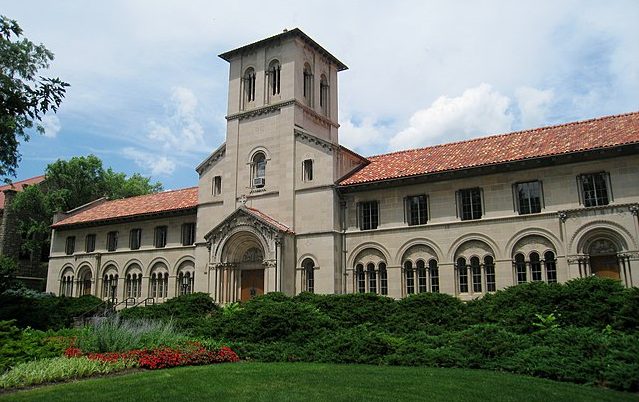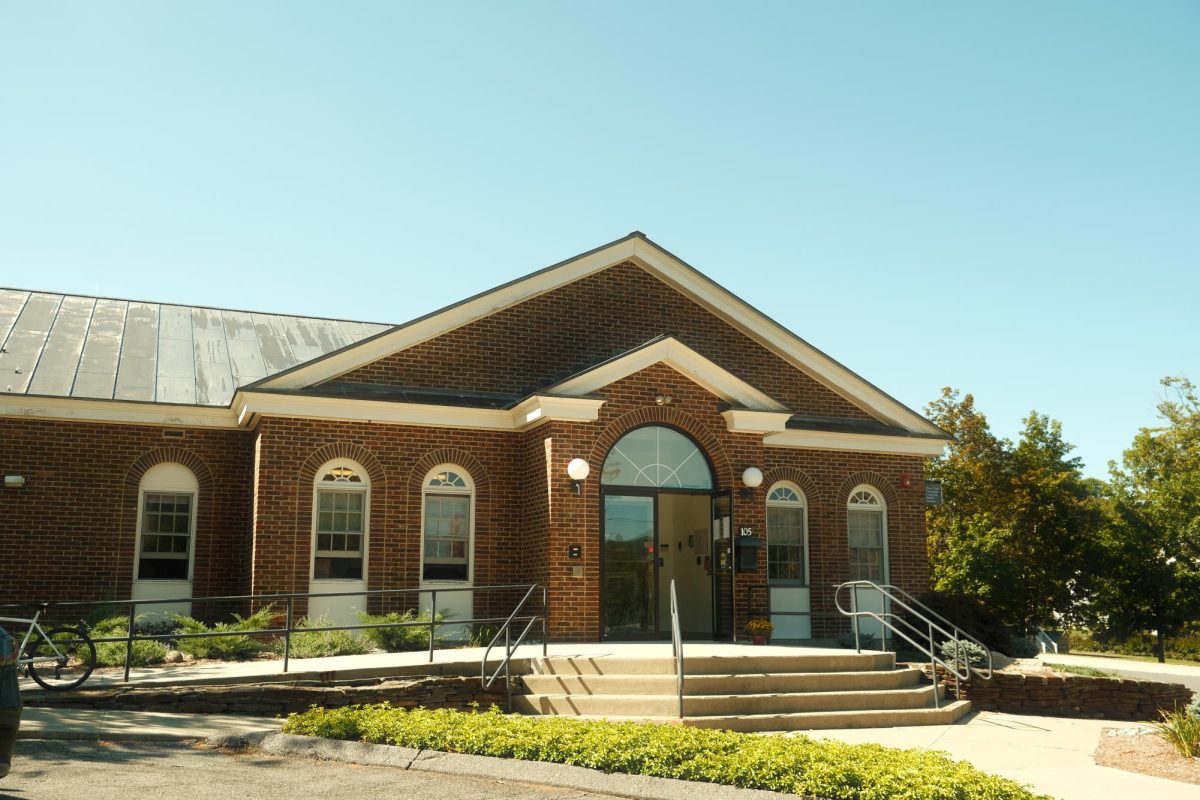The first organizational meeting for the movement to establish Indigenous studies at the College will be held tomorrow by Gwyn Chilcoat ’24, Hikaru Hayakawa ’24, Jayden Jogwe ’24.5, and Mirabai Dyson ’24 in Griffin Hall at 6 p.m. In advance of the event, the Record sat down with Jogwe and Hayakawa to discuss the past, present, and future of the Indigenous studies movement at the College.
This interview has been edited for length and clarity.
Beatrice Larzul (BL): Tell me about the movement for Indigenous studies at Williams. What has student advocacy looked like leading up to the present moment?
Hikaru Hayakawa (HH): Our work began around three years ago. The College announced a historic relationship with the Stockbridge-Munsee Community in fall 2020. At that time, the College offered a space for the Nation’s Historic Preservation Office on Spring Street in recognition of the role that the Williams family played in shaping the processes that led to the displacement of Stockbridge-Munsee ancestors. Williams also funds interns to work at that office. Jayden and I were among the first interns, but we were not the only students engaging [with] this issue. Gwyn also worked on projects with the College in order to reckon with the College’s history and to better represent that history on campus.
The summer that I interned, I worked with the office to recruit 51 volunteers from the Williams community in order to engage in an archaeological excavation led by the Stockbridge-Munsee Community. After Tribal Historic Preservation Manager Bonney Hartley and I, and many others, listened to the people who volunteered and what they wanted to know about, we thought it was important to move forward and do additional research into the Stockbridge-Munsee’s past, present, and future in the Williamstown region, while forwarding the tribe’s historic preservation priorities.
That is what led to our independent study in fall 2021, titled “Mohican Nation in Williamstown,” which Jayden, Gwyn, and I organized. Through the independent study, we came up with various proposals, one of which was the formation of an Indigenous studies program. The push for that program has a much longer history for which our advocacy is very much indebted to the ethnic studies movement and to the push for Latinx, Africana, and Asian American studies at this institution. There are also many others involved. At the end of the independent study, we proposed the formation of a Native American and Indigenous Working Group. It was primarily intended to focus on the policy proposals, but it’s grown into something much larger — there are a lot of faculty, staff, and students involved who regularly meet once a month to discuss these issues. Additionally, the Native American Indigenous Students Alliance (NISA) was founded as the first Indigenous-led organization [at the College], and they have been pioneers in terms of creating programming for Indigenous students and allies and researching Indigenous Studies programs at other institutions.
BL: It seems like much of your current advocacy work ensued from your independent study in fall 2021. Could you tell me a bit more about the contributions that arose from the course?
Jayden Jogwe (JJ): In our independent study, we created a list of policy recommendations, one of which was Indigenous studies at Williams. We also advocated for permanent housing at Williams for Stockbridge-Munsee Community members who want to visit their homelands.
HH: We advocated for signage and for the College to think about how it can give back land. We also pushed the College to support a generative partnership with the Stockbridge-Munsee Community by collaborating with them to, for example, support repatriation through classes. We hope they can take advantage of this unique partnership to build what can be one of the best Indigenous studies programs in the country. In addition, we did archival research and produced historical research for the community by giving a presentation to about 250 Stockbridge-Munsee, Williams College, and Williamstown community members. Since then, we’ve reached over 1,000 people in this institution and in the local region as well.
BL: How did the four of you start working together and collectively come to lead tomorrow’s event?
JJ: Mirabai was interning for the Tribal Historic Preservation Office [THPO] on Spring Street. She had created this informational booklet of Stockbridge-Munsee histories in Williamstown and had used research that we had done through our independent study. She reached out to me to make sure that some of the information was correct, so that’s how I got in contact with her. And then, it kind of just went from there. We all do the same kind of work, so it made sense to collaborate.
HH: Our work has been very relationship-based, especially with THPO. For all of us, Bonney Hartley, the tribal historic preservation manager, has been an important mentor and really pivotal to our experience at Williams. We found our work with the Stockbridge-Munsee Community to be very meaningful, so that is what drew us together. We eventually got together with [Associate] Professor [of History Christine] DeLucia, [Tribal Historic Preservation Manager] Bonney Hartley, and [former Mellon Postdoctoral Fellow] Margaux Kristjansson to come up with a proposal that could advance the Nation’s priorities in the region and the future of the Stockbridge-Munsee Community and College partnership.
BL: What do you all envision Indigenous studies at the College to look like? What types of programming and/or classes might it offer?
JJ: As part of our policy recommendations, we want to have a Mohican language program and make it hybrid or virtual, so that Stockbridge-Munsee Community members that are anywhere in the world, such as in the reservation in Wisconsin, can be a part of it. While this wouldn’t be the entirety of the program, it’s definitely something that should be included.
HH: We envision our program to think about Indigenous studies in a global perspective, though still remain place-based. Indigenous peoples have been very active in pressing for their needs and priorities at a global scale. We also want the College to develop a restorative and reciprocal relationship with the Stockbridge-Munsee Community and create classes that are collaborative and work towards the Nation’s priorities without requiring the Nation to educate the community. We want to work together in ways that repair harm and also create a just future.
BL: What should students expect from tomorrow’s organizational meeting?
JJ: First, we’re going to ground everybody in a brief history of the Stockbridge-Munsee’s histories and presence in Williamstown and beyond. Then, we’re going to talk about our backgrounds in doing decolonial work on campus with the Native American Indigenous Students Alliance (NISA), THPO, and the Stockbridge-Munsee Community. We want people to understand that this is not coming out of nowhere because it’s important to build on top of work that’s already been done.
We are trying to create different task forces for different kinds of actions that need to be done in support of Indigenous studies. For example, one task force can be a group who gathers resources as a model for what we would want our Indigenous studies to look like. Other task forces would also look at courses offered at other institutions, the professors they have, and the methodologies that they use.
HH: Beyond that, what we’re really focused on is creating a movement that can outlast our presence and the presence of the current leaders of NISA on campus, since we’re all graduating this year, and so is one of the co-directors of NISA. We want to be able to ensure that this movement is sustainable.
JJ: We would like to set some guidelines on how to do this kind of work by supporting what Indigenous communities actually want without overburdening them. We want to emphasize how relational our work is.
BL: How have you evaluated and expanded interest for Indigenous studies at the College thus far? Have you been collaborating with or supported by other students, faculty, or staff at the College?
JJ: A lot of our work deals with visibility. For example, creating signage like the Mohican Homelands banners and putting them in front of Paresky has made a lot of people interested because now, they can actually see it.
HH: It’s great to see so much interest. When we initially started getting people together in a group chat, we only anticipated five or six people joining. We now have around 100 students in the group chat who are all very interested in working and pushing for Indigenous studies together at Williams.
BL: What are the next steps for you all after this meeting? What are your hopes for and concerns about the future of this movement?
HH: I think there’s only a way forward. There hasn’t been an Indigenous studies program, but there are really strong advocates for it. Even when we’re gone, and no matter what happens, there will be people who will continue to push for Indigenous studies and to lead on this matter. We can only be optimistic because we need to continue to move forward.
If there is something I’m concerned about, it is that a lot of institutional knowledge will be lost, especially if faculty and staff who’ve worked on this leave as well. Being able to ensure that this information is carried on is important, so I hope that the College will create a program and institutionalize that knowledge sooner rather than later.



